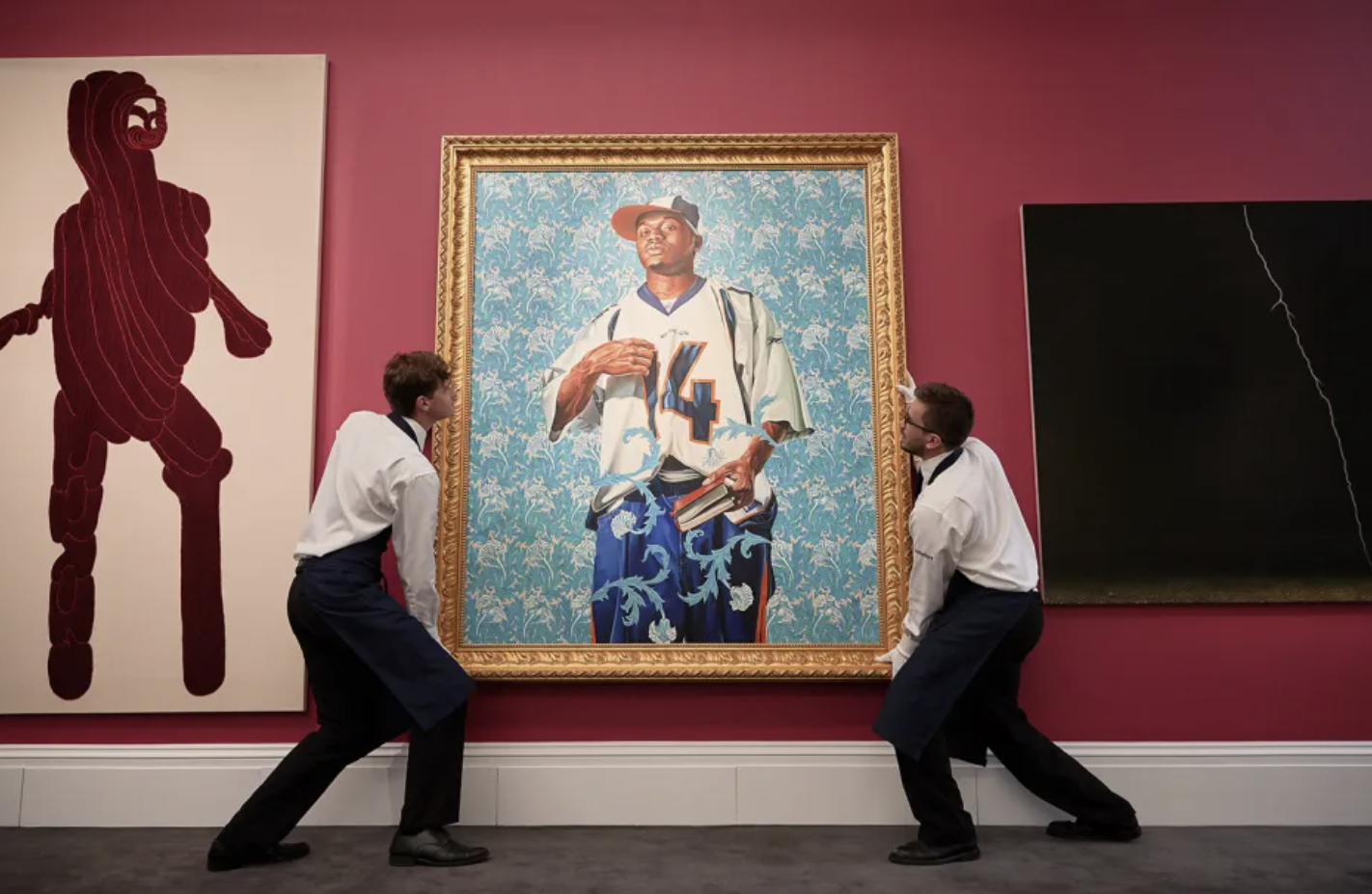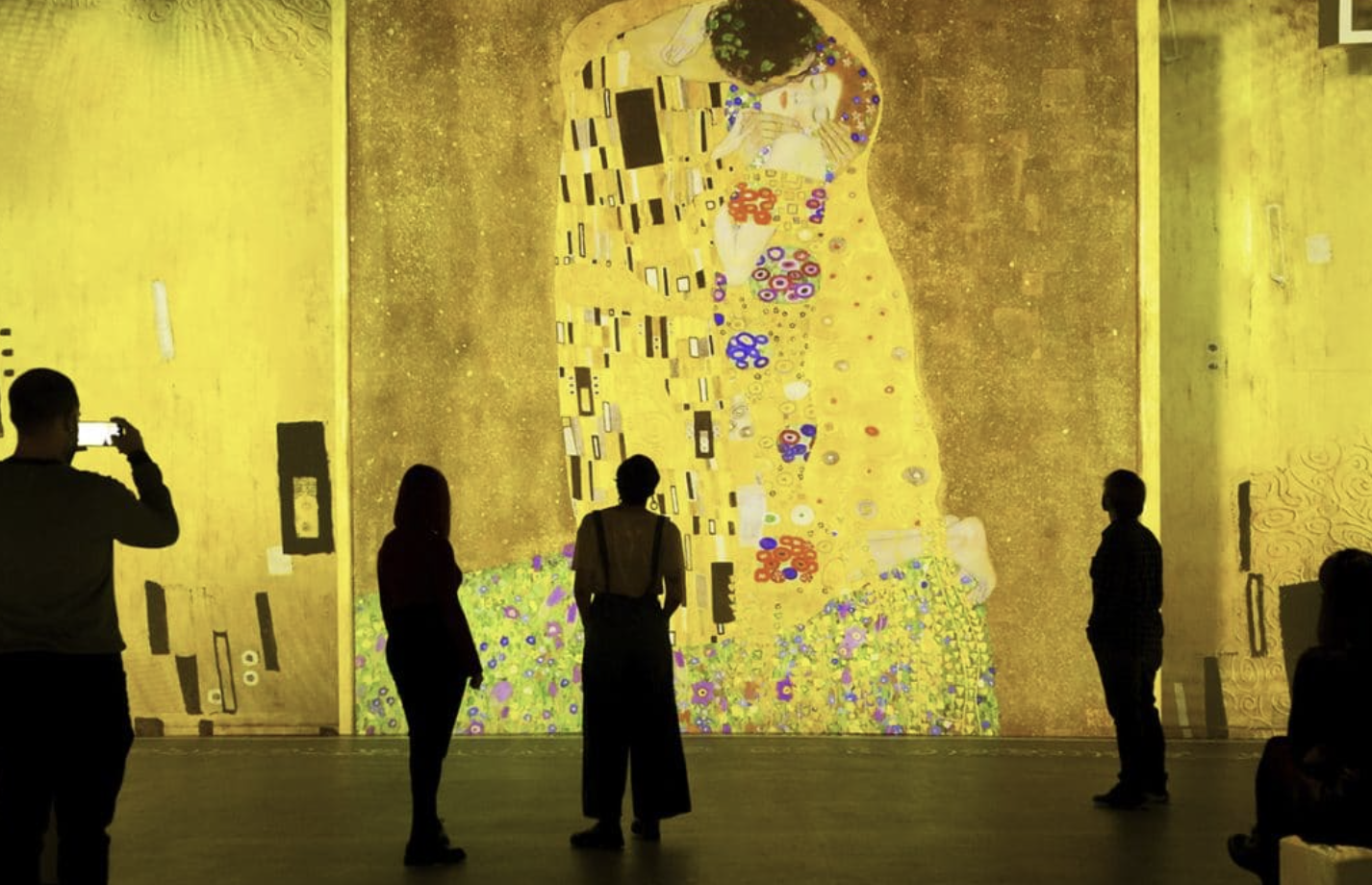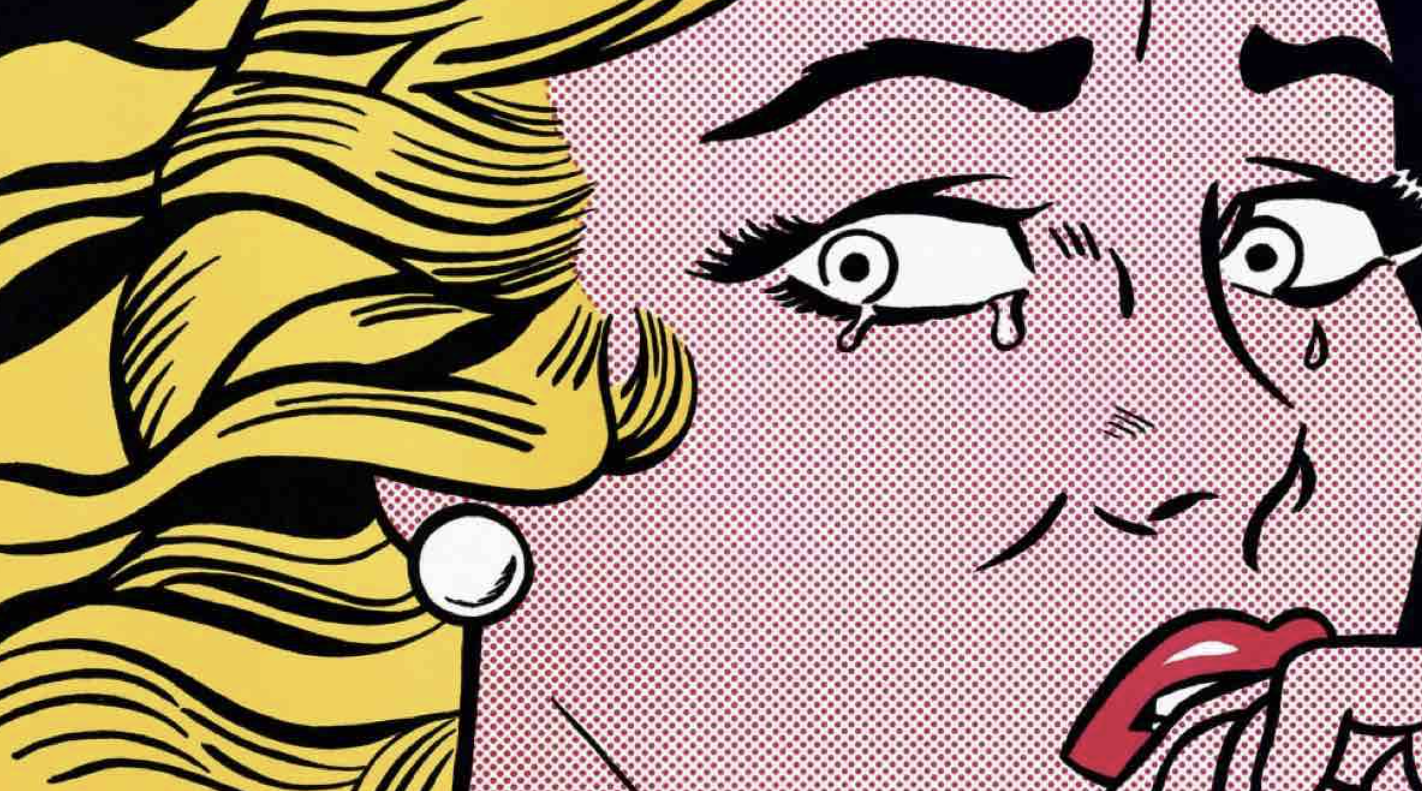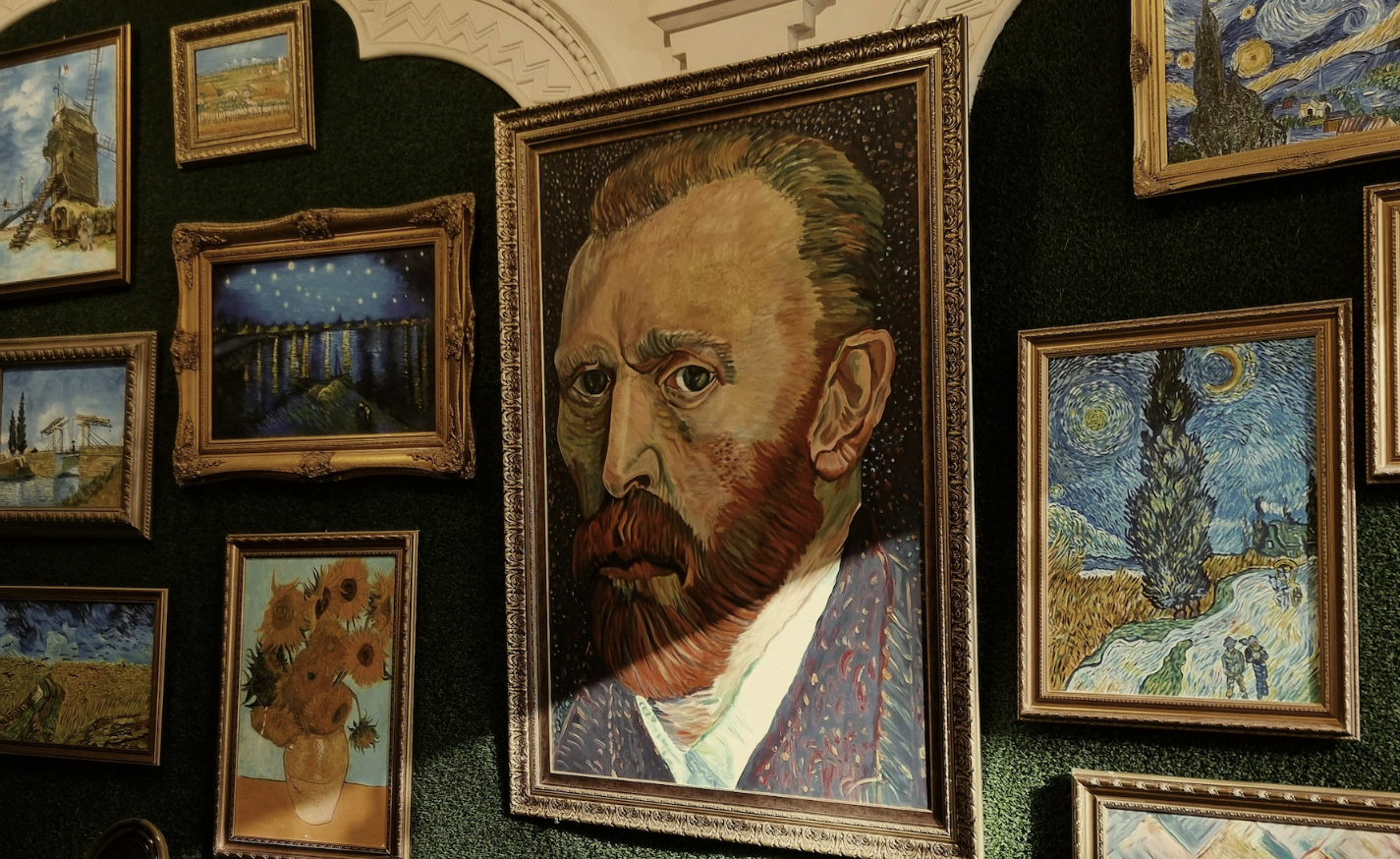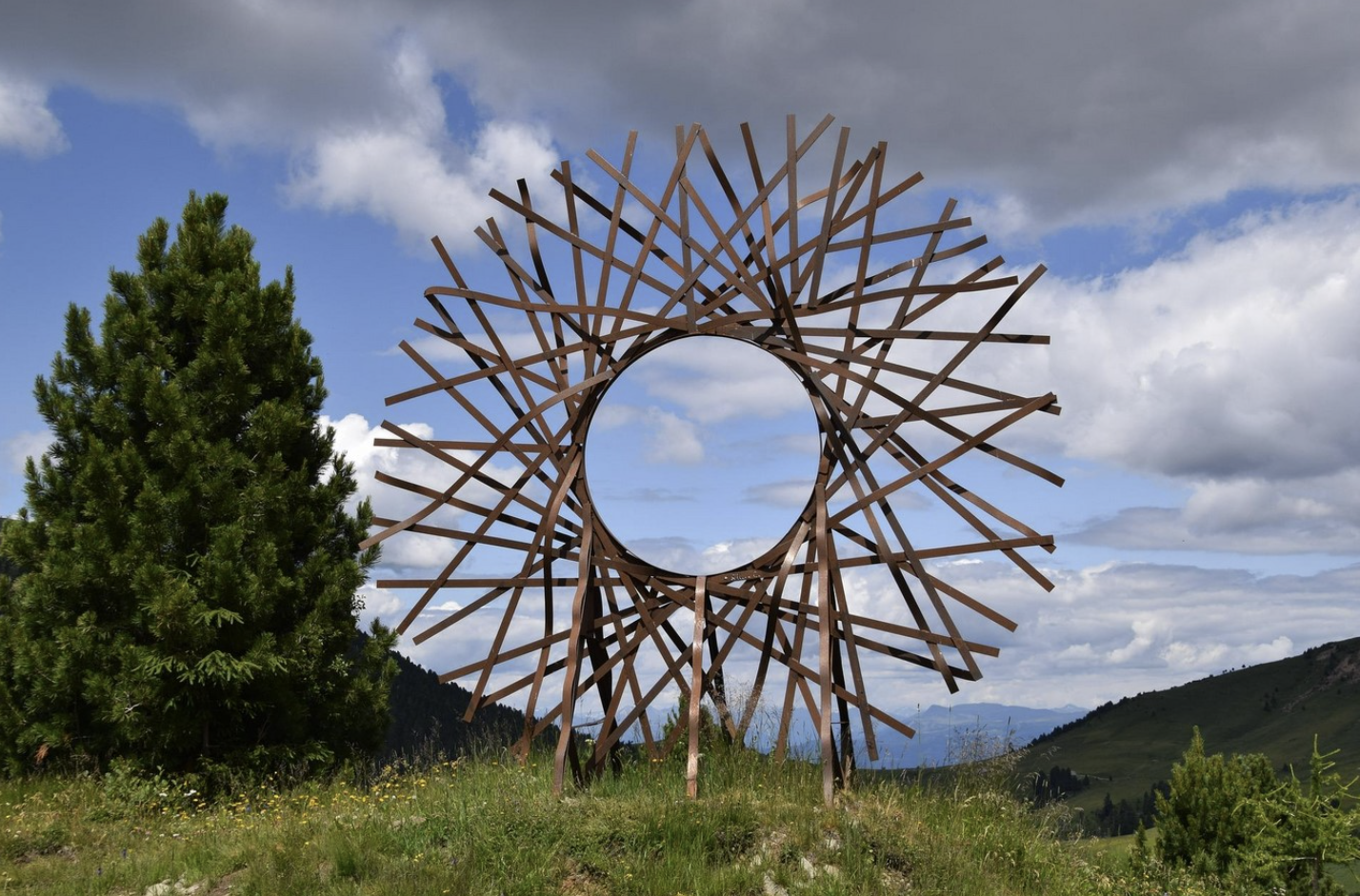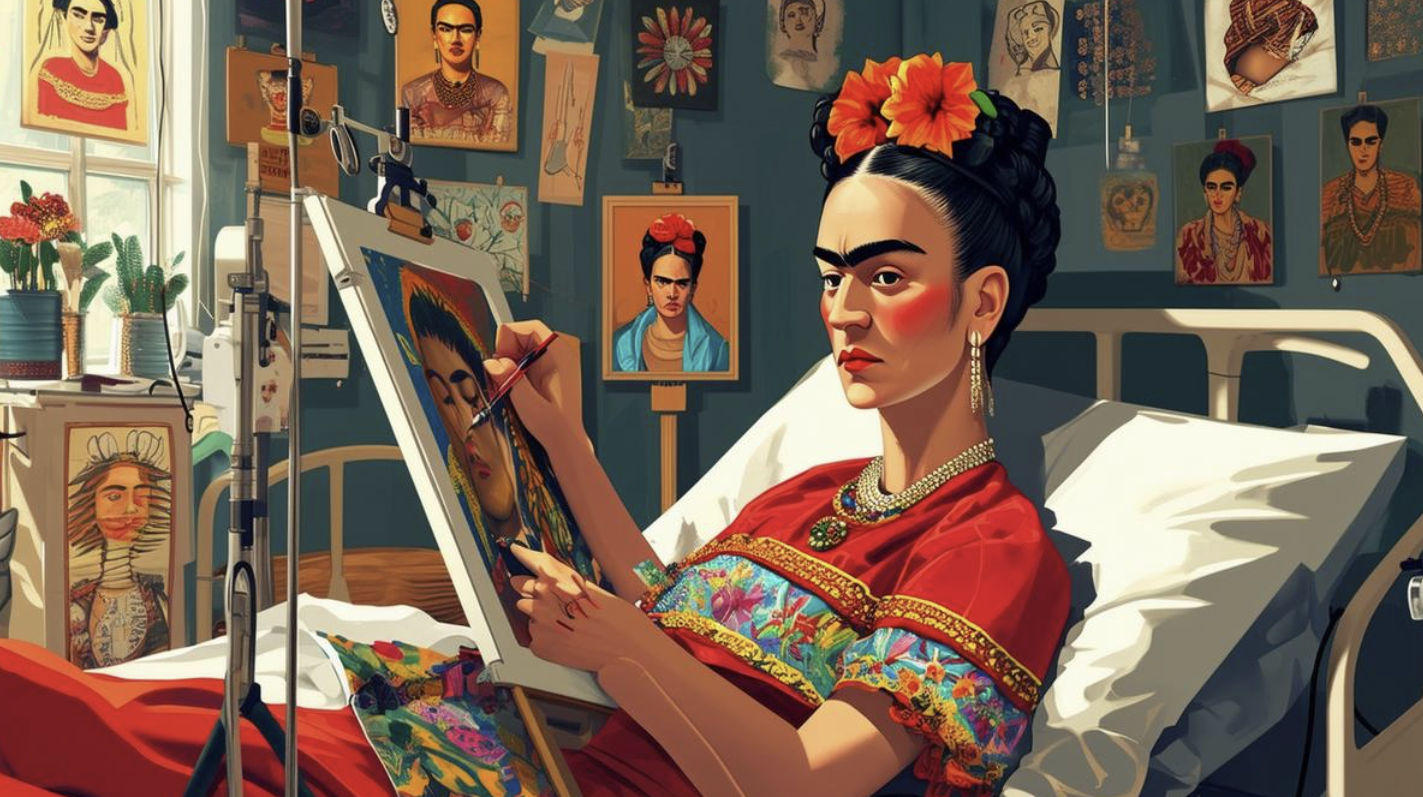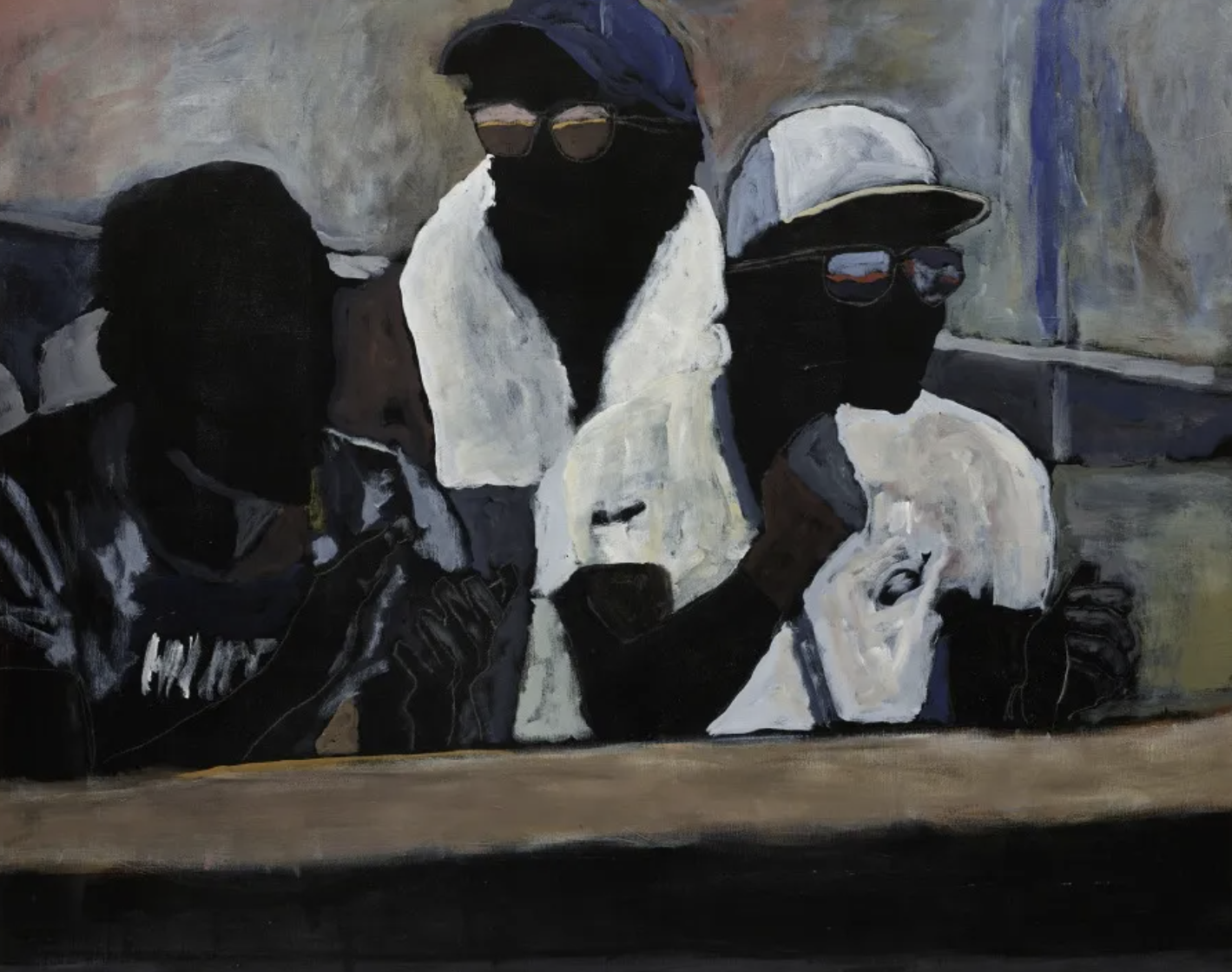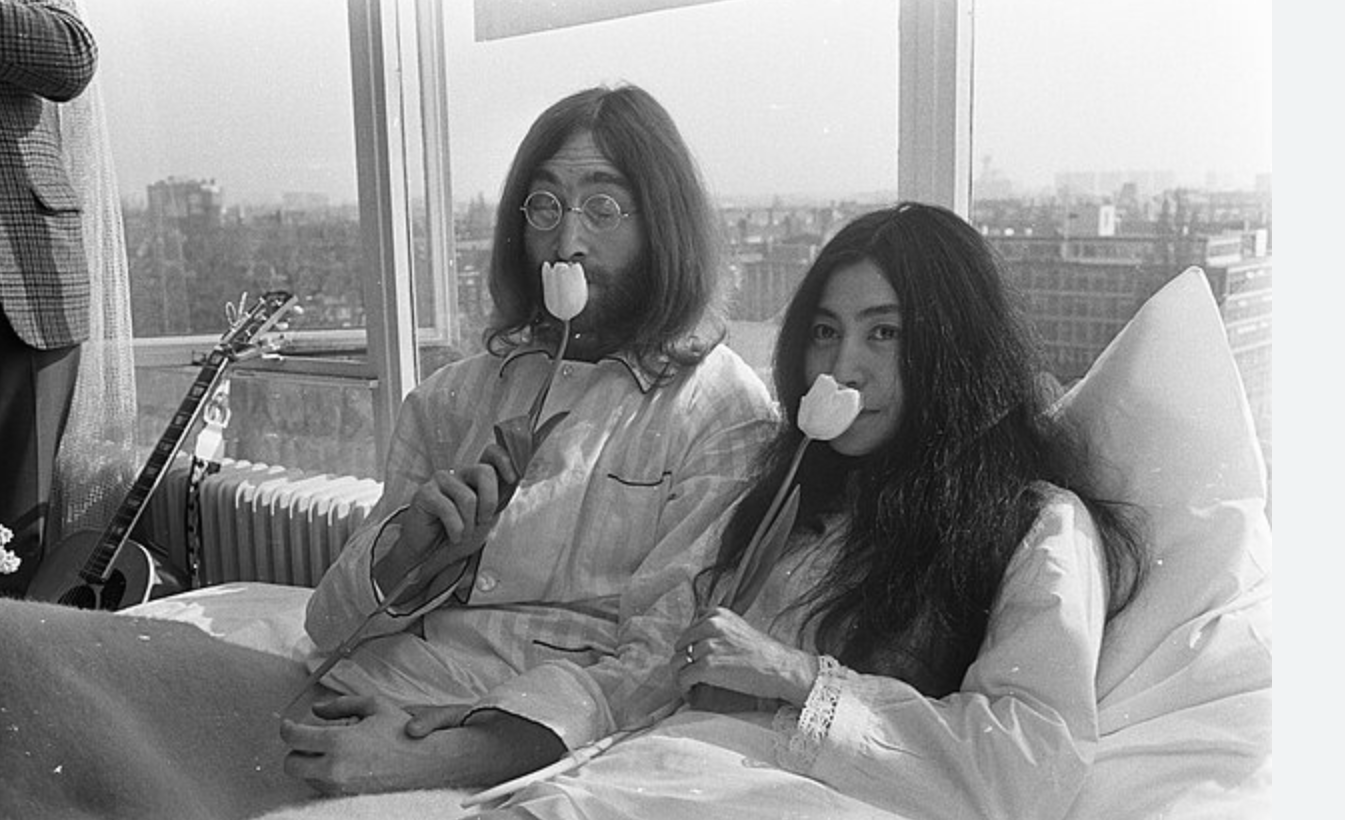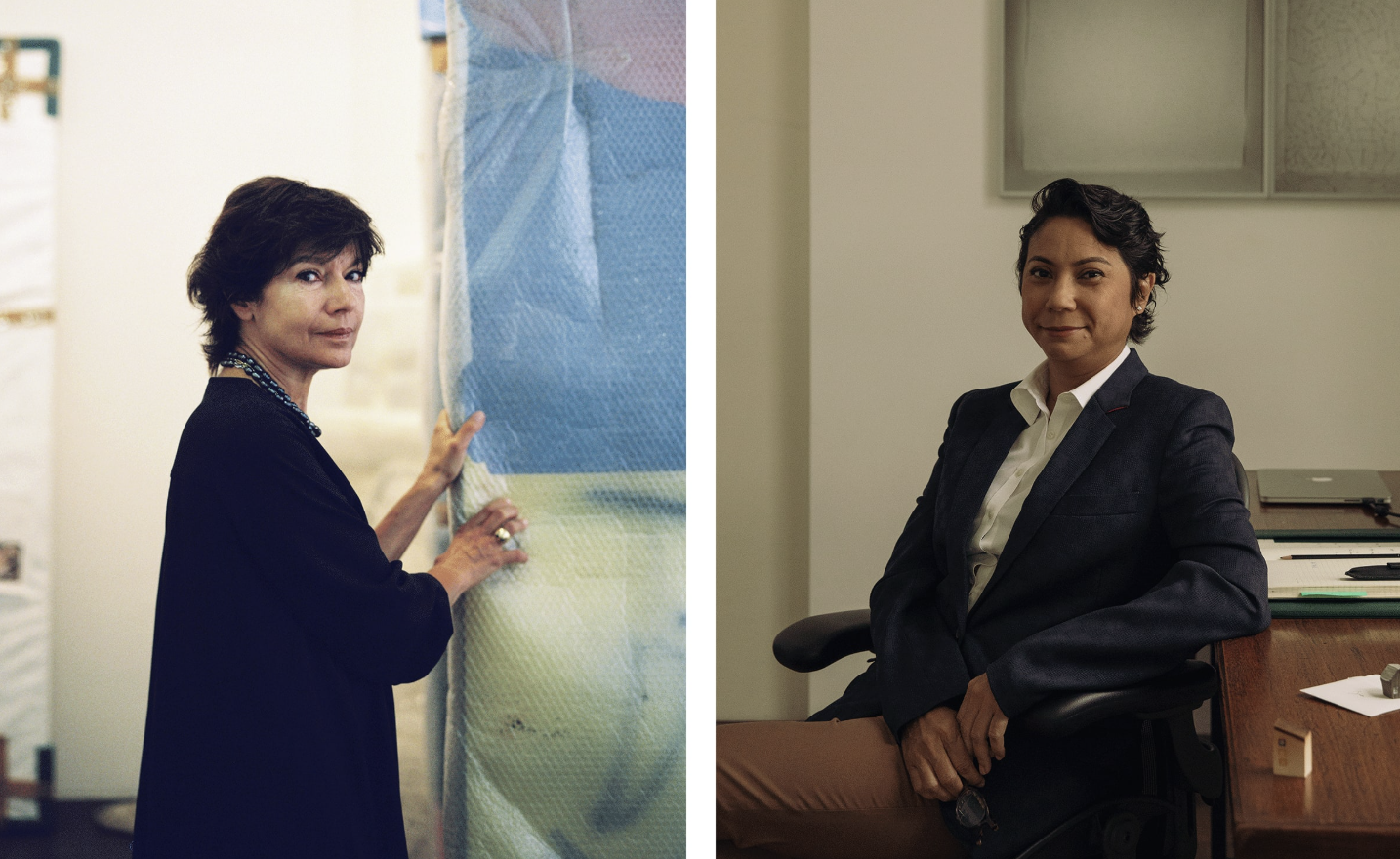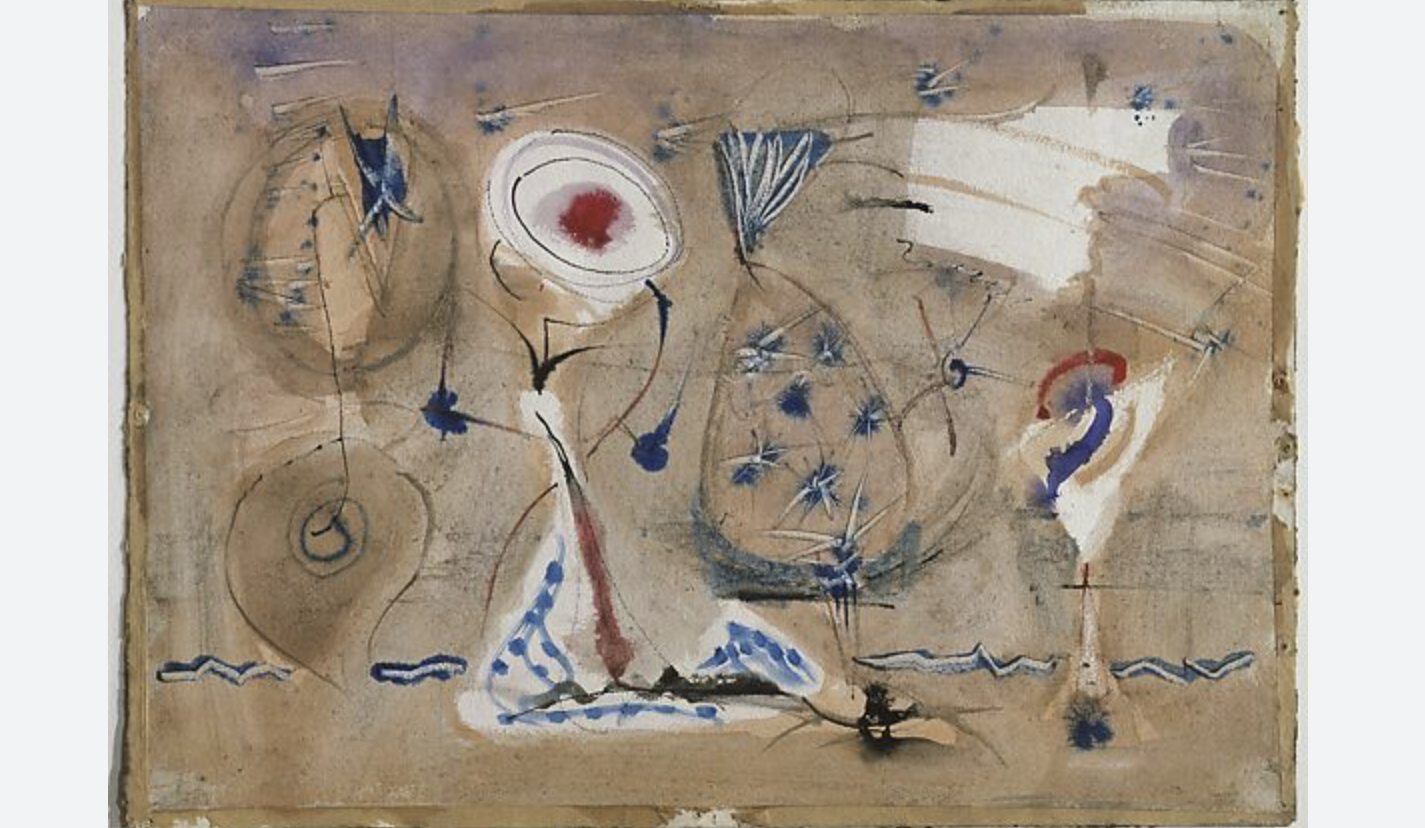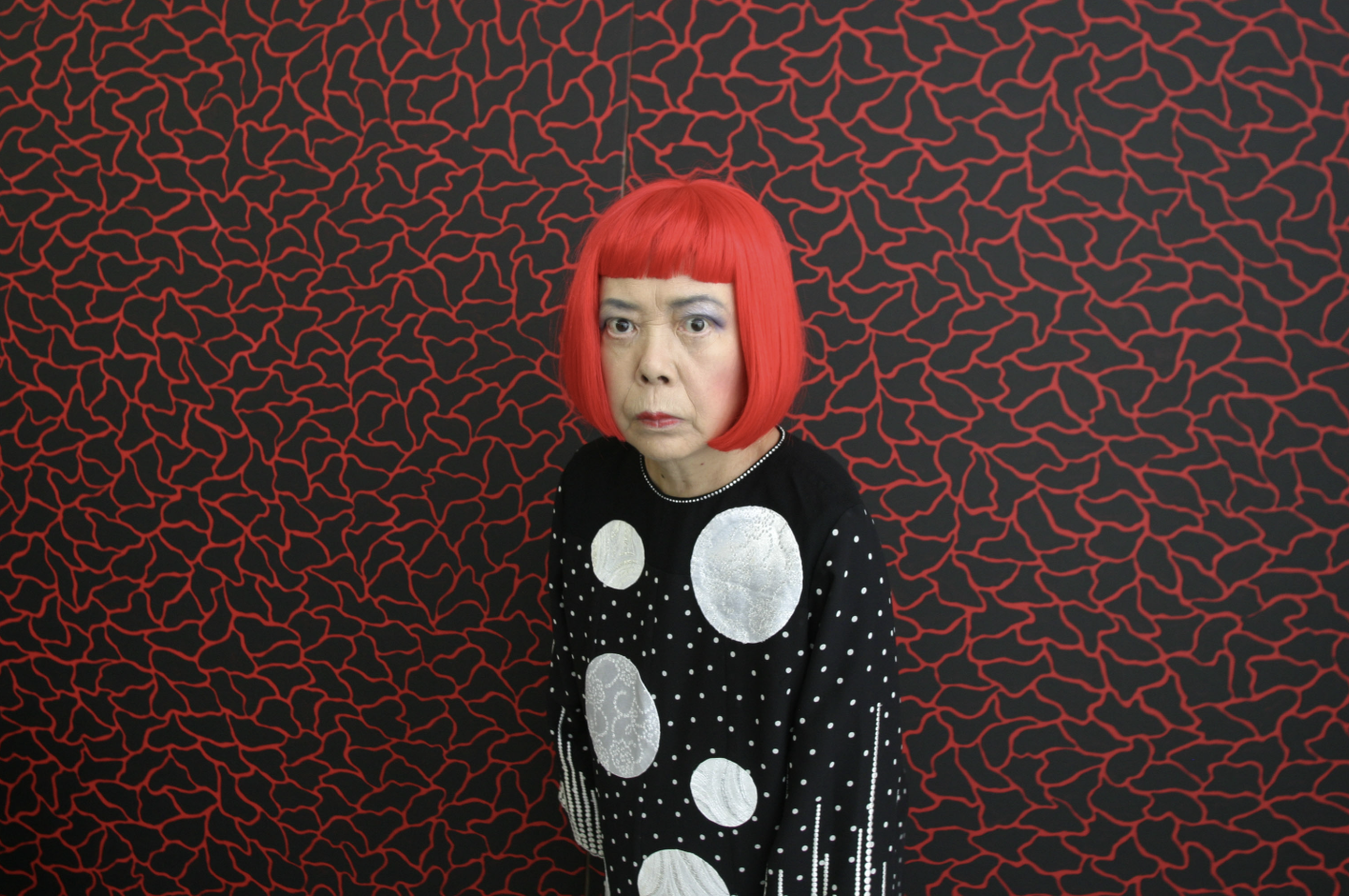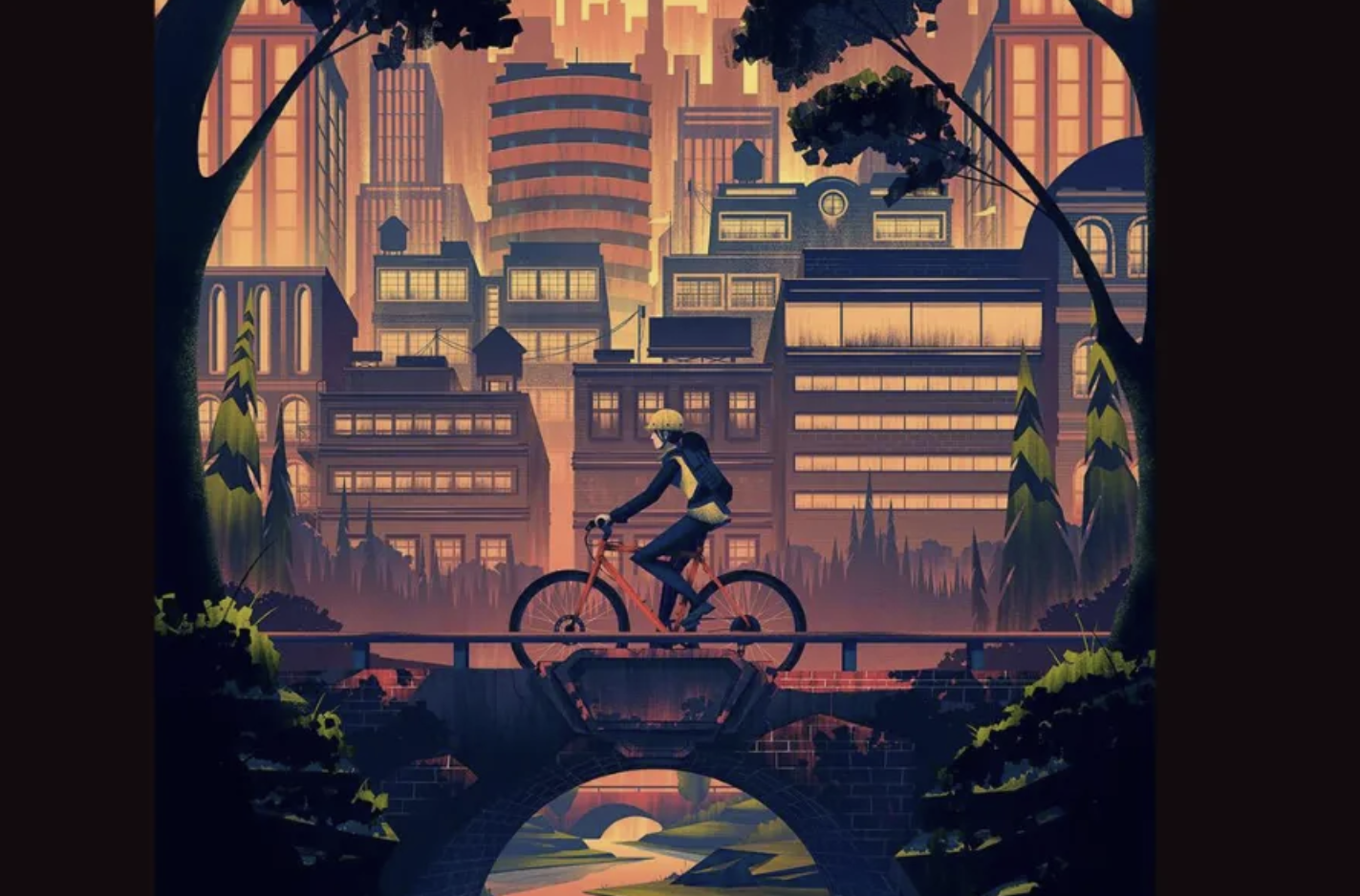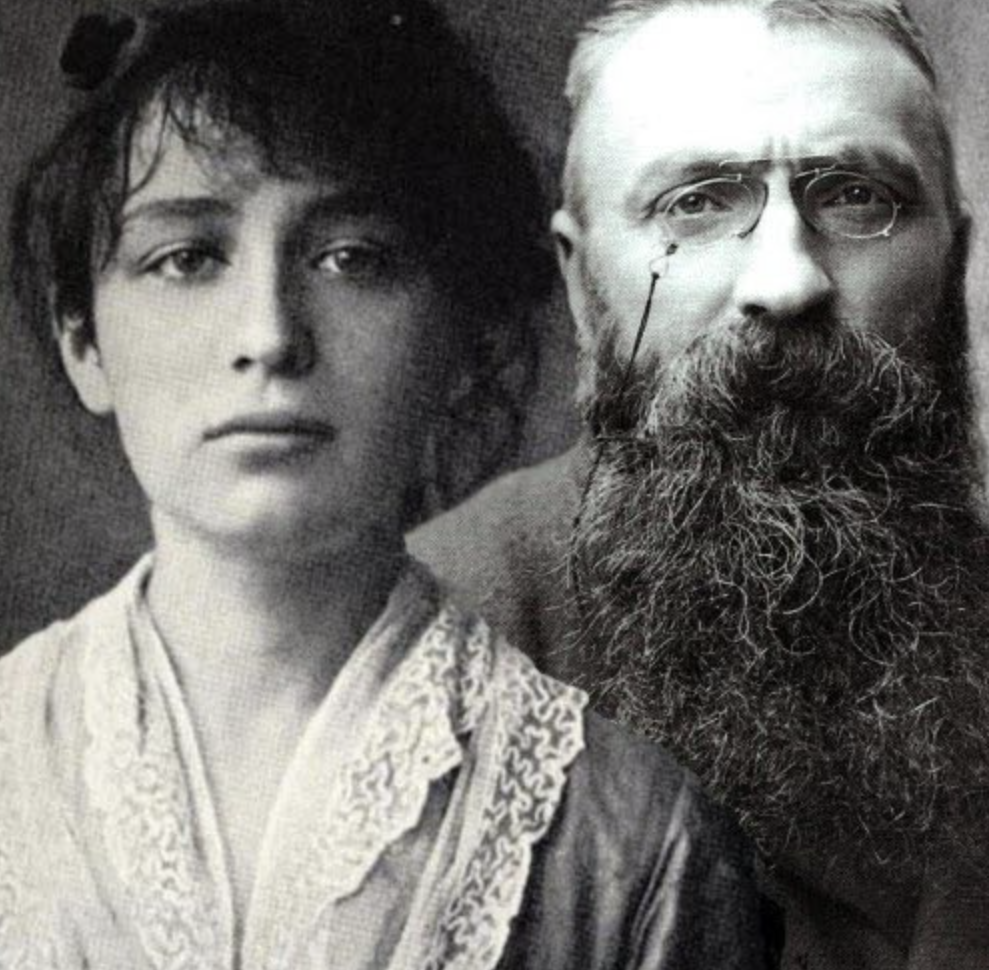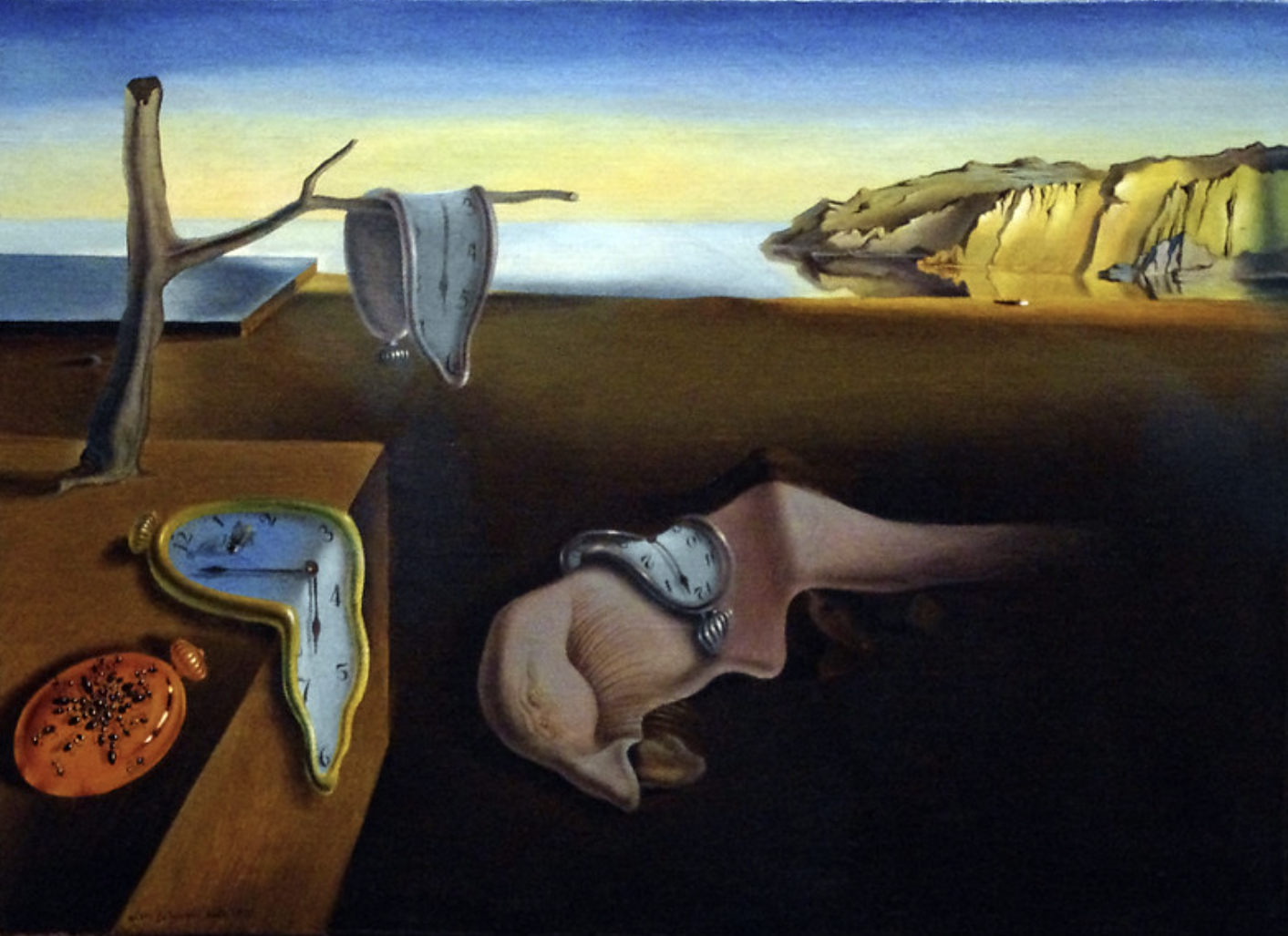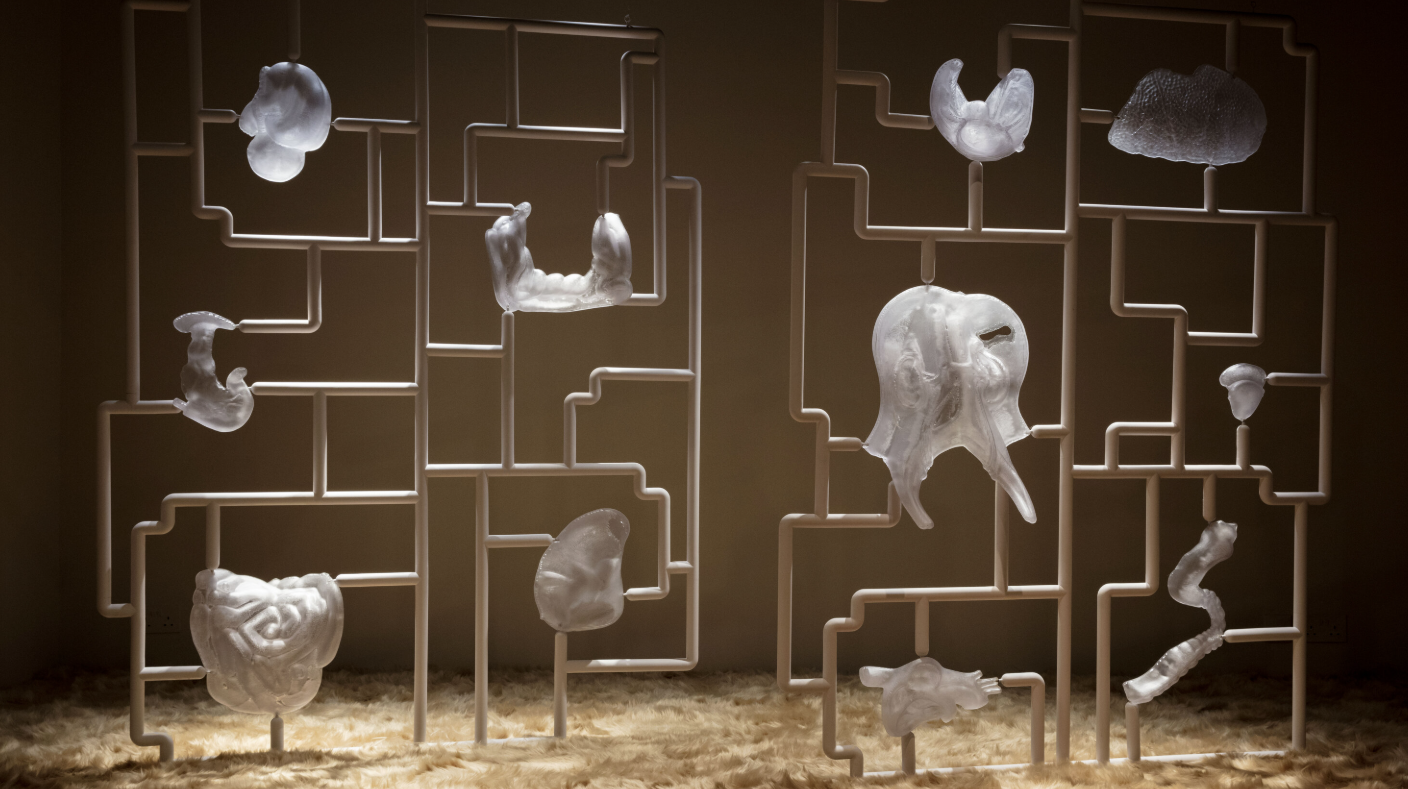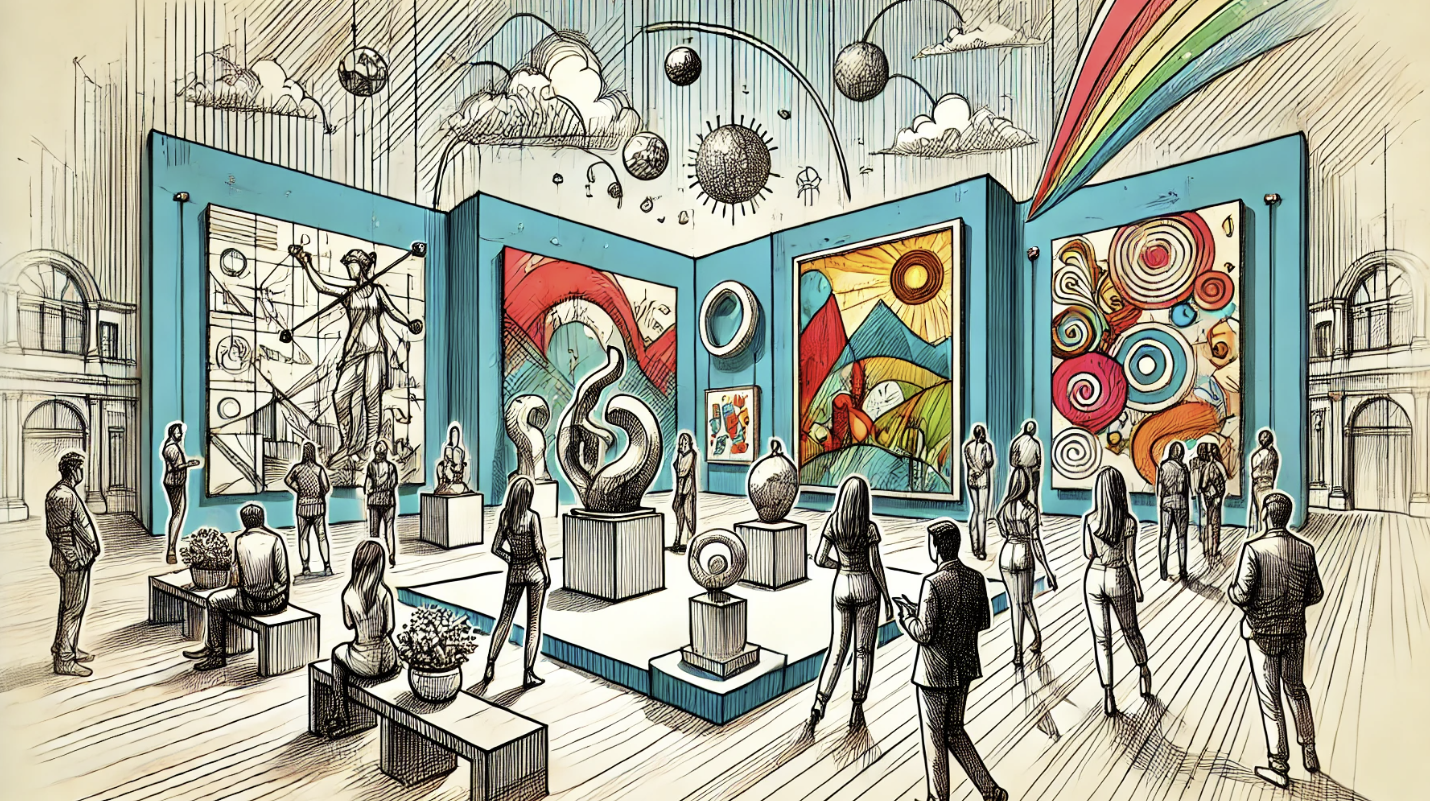
Contemporary art is a diverse and ever-evolving movement that emerged in the aftermath of World War II. While it is difficult to pinpoint an exact starting point, most art historians agree that the post-war period marked the birth of this new era in the art world. The movement includes a wide range of styles and practices, from hyperrealism and pop art to feminist art, conceptual art, video art, and digital art. What sets contemporary art apart is its ability to constantly reinvent itself, push the limits of creativity, and incorporate new technologies and media.
Challenging the Status Quo
One of the defining characteristics of contemporary art is its commitment to questioning societal norms and exploring new ways of expression. Artists today combine traditional media, such as painting and photography, with cutting-edge technologies like digital art and video to convey complex ideas and evoke thought-provoking responses. This openness to experimentation allows contemporary art to remain fresh and relevant, constantly adapting to the changing times.
A New Era of Artistic Expression
Contemporary art represents a departure from classical and modern styles, offering artists the freedom to express themselves in ways that were previously unimaginable. At its core, contemporary art is conceptual, encouraging artists to explore new forms of expression that set it apart from more traditional art movements. Contemporary artists often tackle pressing social issues, using their work as a platform to voice their unique perspectives and challenge the status quo.
The influence of earlier movements, such as the Impressionists and Modernists, can still be felt in contemporary art, but today’s artists go beyond these traditional foundations. In cities like Paris, New York, and London, contemporary art has taken on a new form, often displayed in non-traditional settings like public spaces, making it accessible to everyone and fostering a more direct connection with the viewer.
Endless Experimentation
One of the hallmarks of contemporary art is its experimental nature. Unlike the more structured approaches of modern art, contemporary art encourages artists to explore uncharted territories and break free from established norms. This has led to a broader range of subjects, creative techniques, and materials being explored, giving rise to a diverse and dynamic art scene.
The rise of pop art in the 1960s marked a major turning point in the evolution of contemporary art. Pop artists rejected traditional art conventions, focusing on political and cultural themes, often critiquing the consumer-driven nature of modern society. This movement paved the way for the experimental approach that defines contemporary art today.
From Photography to Digital Art
The invention of photography in the 19th century had a profound impact on the development of contemporary art. Photographs, with their ability to capture reality in unprecedented detail, challenged artists to rethink how they represented the world. Over time, contemporary art has become increasingly abstract as artists explore new media and technologies, pushing the boundaries of artistic expression even further.
From the 1980s onward, the rise of video art and digital art introduced new opportunities for conceptual expression. These mediums gained significant attention, especially with the advent of the internet, which facilitated the global spread of contemporary art. As the digital age progressed, so did the possibilities for artists, leading to the rise of new art forms such as crypto art.
The Impact of Technology on Art
The technological revolution that began in the late 20th century has radically transformed contemporary art. With the advent of the internet and digital technologies, artists have access to tools and platforms that allow them to create and share their work with a global audience. This has made contemporary art more accessible than ever before, breaking down barriers and enabling artists from diverse backgrounds to showcase their work on the world stage.
The globalization of contemporary art has also led to a broader representation of artists from underrepresented regions, particularly in developing countries. These artists now have greater opportunities to share their unique perspectives and contribute to the global art conversation.
Contemporary Art with a Purpose
In recent years, there has been a growing trend of contemporary art addressing social and political issues. Many artists use their work to comment on the state of the world, challenge political structures, and promote awareness of social injustices. Publicly funded programs and private foundations are increasingly supporting these efforts, ensuring that contemporary art continues to thrive and engage with the public.
In countries like France, national networks of contemporary art centers have been established to promote the work of contemporary artists. These centers organize exhibitions, provide studio spaces, and offer financial support to help artists bring their visions to life. The existence of these publicly funded spaces highlights the importance of contemporary art in modern society and its role in fostering cultural dialogue and social change.
A Globalized Art World
The rapid advancement of technology and the globalization of the art market have transformed how contemporary art is created, viewed, and appreciated. Artists from all over the world now have the opportunity to share their work with a global audience, while viewers can access art from virtually anywhere. This interconnectedness has fostered a dynamic and diverse art scene, where new ideas and voices are continually emerging.
Contemporary art is more than just a reflection of the times—it is a powerful force that shapes how we perceive the world around us. With its emphasis on experimentation, social commentary, and innovation, contemporary art continues to evolve, offering a window into the complexities of modern life. As technology continues to advance and global communication increases, the future of contemporary art promises to be even more exciting and transformative than ever before.






